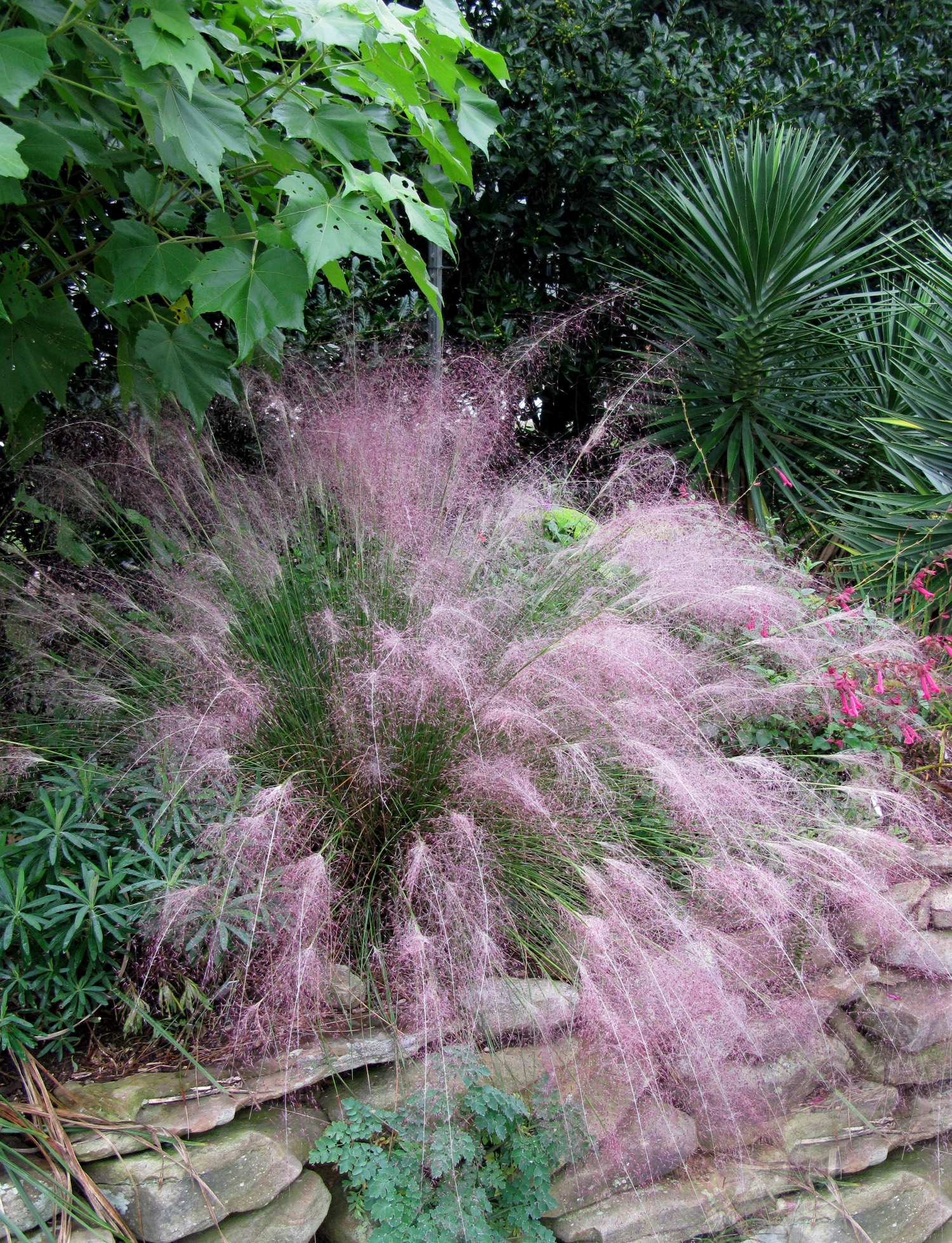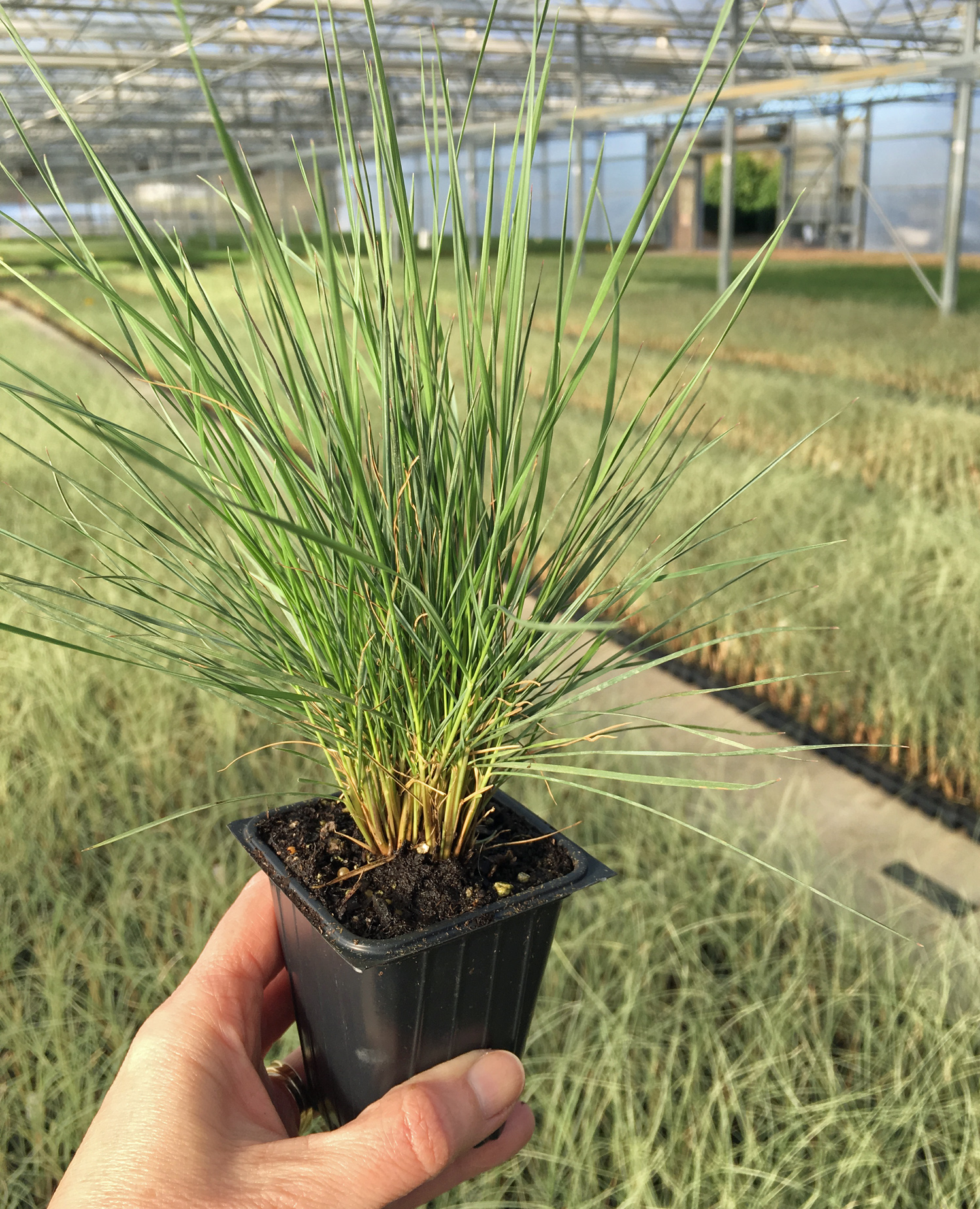Quick Look
Muhly Grasses are some of the most beautiful native grasses. They deliver a powerful combination for modern landscapes: drought tolerance and eye-catching good looks. And they grow just as easily in inhospitable areas as in well-tended gardens.
The most well-known, Pink Muhly, can stop traffic when in bloom. The cultivar ‘White Cloud’ warrants high praise with its moonlight white plumes. Then there’s Lindheimer’s Muhly, a great choice for screening, and Bamboo Muhly, a standout in containers. All appreciate well-drained soil and sun. And, if planting in fall, get them in the ground at least a month before first frost.








